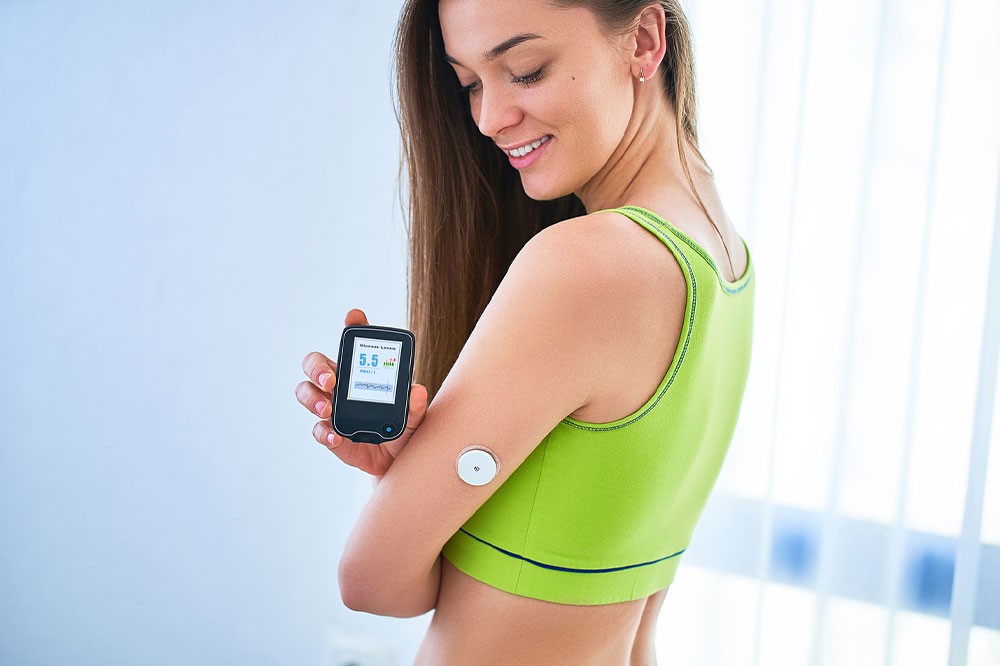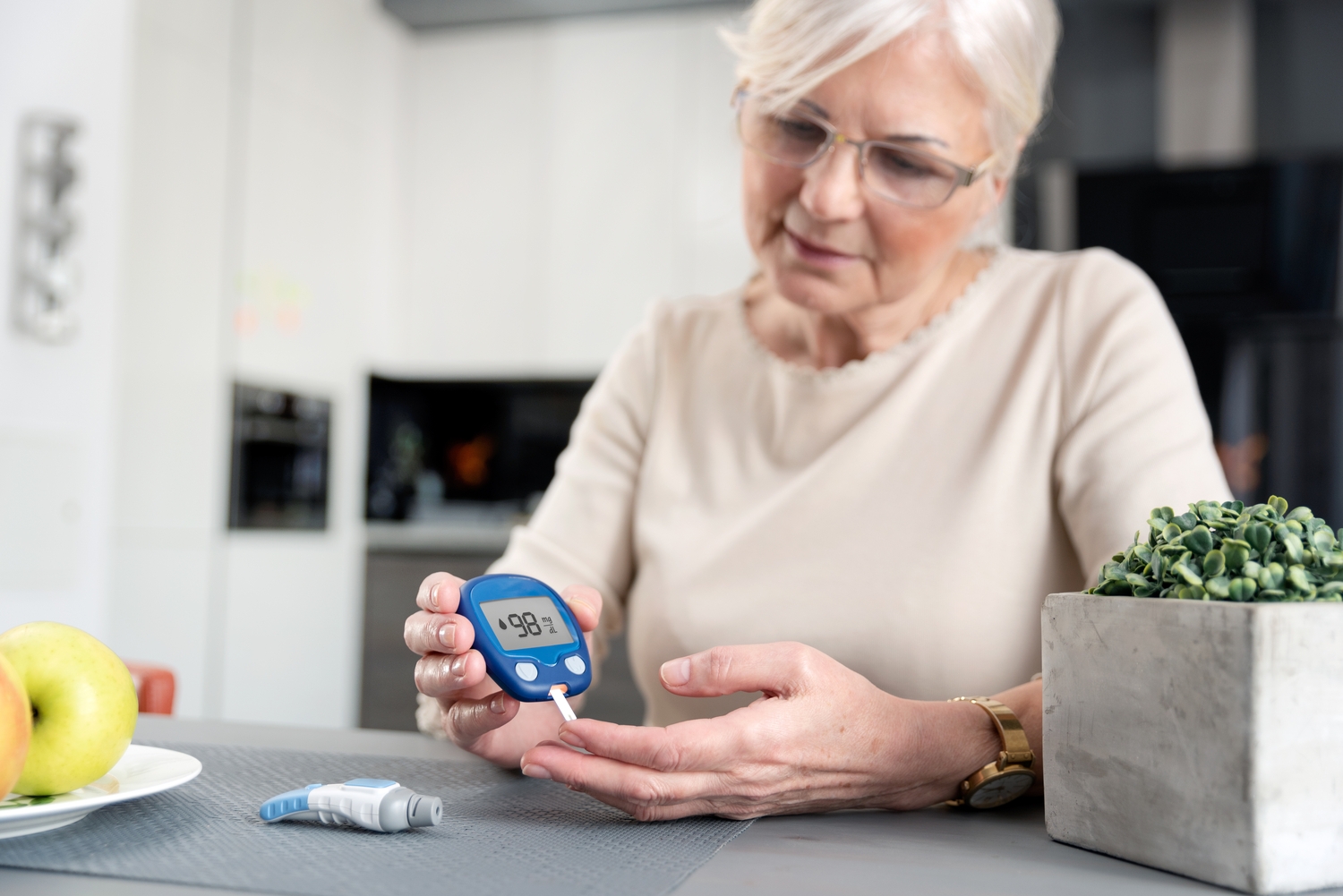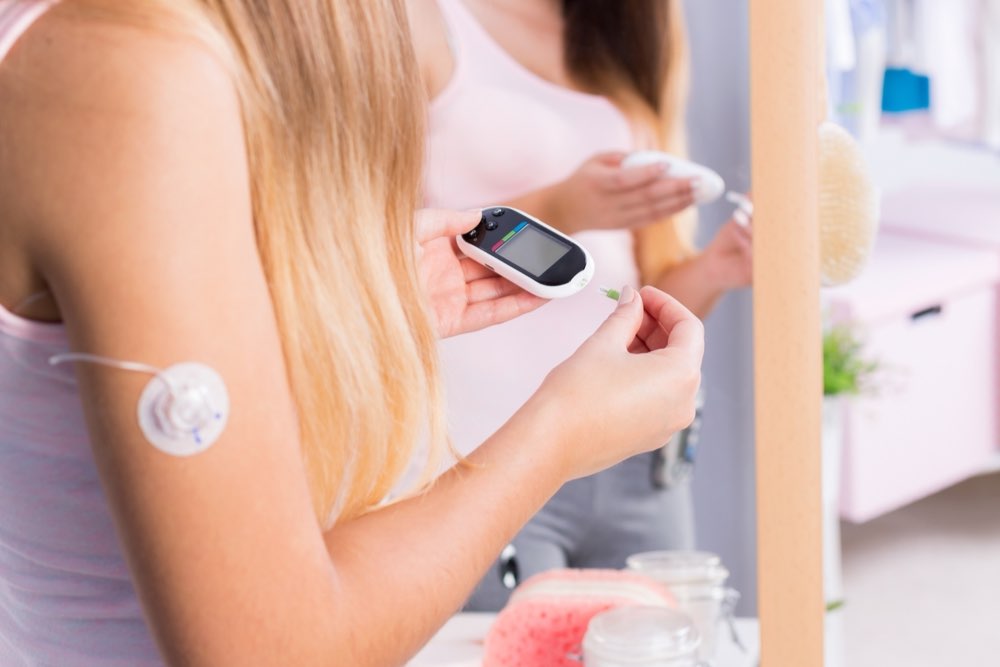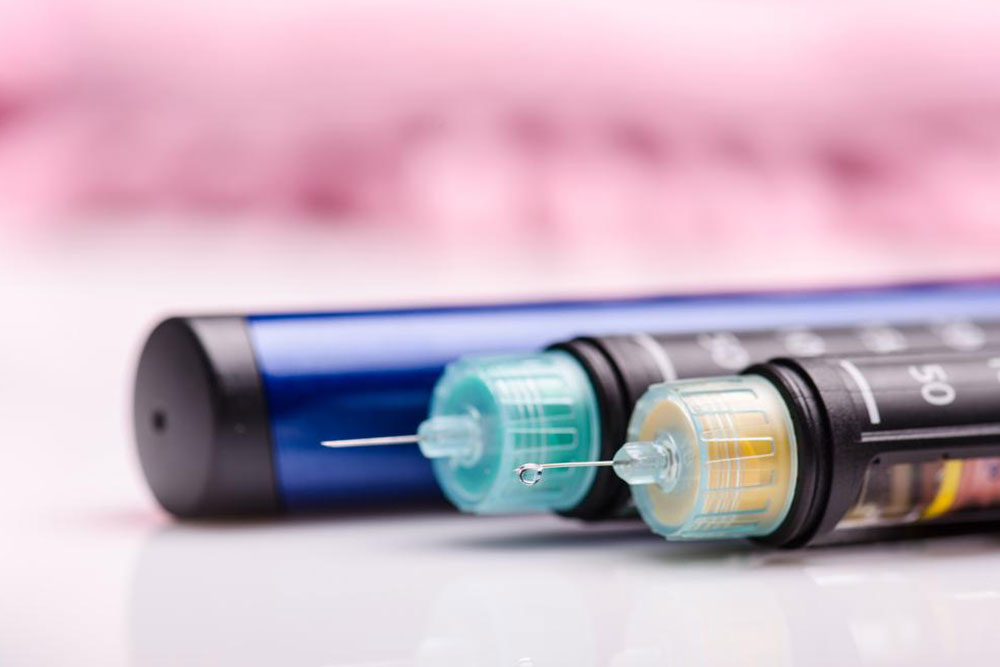Non-Invasive Blood Sugar Monitoring Devices: Overview, Advantages, and Challenges
Explore the latest non-invasive blood sugar monitoring devices that provide pain-free, continuous, and real-time glucose data. Learn about their types, benefits, challenges, and the future of diabetes management technology in this comprehensive overview.

Non-Invasive Blood Sugar Monitoring Devices: Overview, Advantages, and Challenges
Devices that monitor blood glucose without the need for finger pricks, known as non-invasive glucose monitors, are transforming diabetes care. These user-friendly gadgets eliminate pain and discomfort, making regular testing easier. They use advanced technologies such as optical sensing, electrical impedance, and breath analysis to provide continuous, real-time glucose data. These innovations aim to improve convenience, safety, and accuracy for diabetic individuals. Understanding the different types, their benefits, and limitations is crucial for better management and quality of life.
What Are Non-Invasive Glucose Meters?
Traditional glucose testing involves finger pricks, which can be inconvenient and painful. Non-invasive options offer a painless alternative by analyzing biological signals or using optical methods to estimate blood sugar levels.
Advances in technology have led to a variety of non-invasive glucose monitoring techniques, including:
Electrical sensing technologies: These utilize electrical signals and impedance changes to estimate glucose levels. Methods like impedance plethysmography, microwave sensing, and bioimpedance spectroscopy fall under this category.
Optical sensing devices: Employing light-based measurements, these devices can be worn on the wrist or as smartwatches, offering continuous monitoring by analyzing reflected light from the skin.
Continuous glucose monitoring systems (CGMs): With tiny sensors inserted under the skin to measure interstitial fluid, CGMs provide real-time data, trend analysis, and alerts through connected apps or devices.
Sweat and breath analysis: Non-invasive techniques that interpret sweat composition or exhaled air to estimate glucose concentrations, offering convenience and pain-free testing.
Emerging technologies: Ongoing research explores methods like surface-enhanced Raman spectroscopy, nanomaterial sensors, plasmonic sensing, optical fiber sensors, AI integration, and wearable optical devices to enhance accuracy and usability.
Advantages of Non-Invasive Glucose Monitors
Painless testing: Eliminates discomfort associated with traditional finger pricks.
Convenience: Easy to use daily, reducing barriers for regular monitoring.
Real-time data access: Some devices offer continuous tracking, helping users manage their blood sugar more effectively.
Lower risk of infections: Since blood samples are not required, the chance of infection diminishes.
Enhanced quality of life: Less pain and greater monitoring flexibility can improve overall wellbeing for diabetics.
Challenges and Limitations
Measurement accuracy: Varies between devices and can be affected by external factors or user calibration.
Cost: Advanced non-invasive devices tend to be more expensive initially and for ongoing supplies.
Setup and calibration: Some require careful initial calibration and maintenance.
Environmental interference: Sweat, skin conditions, and ambient factors may impact sensor performance.
In conclusion, non-invasive blood sugar meters are revolutionizing diabetes management by offering safer, more comfortable monitoring options. Continued technological improvements promise even higher accuracy and broader accessibility in the future.










